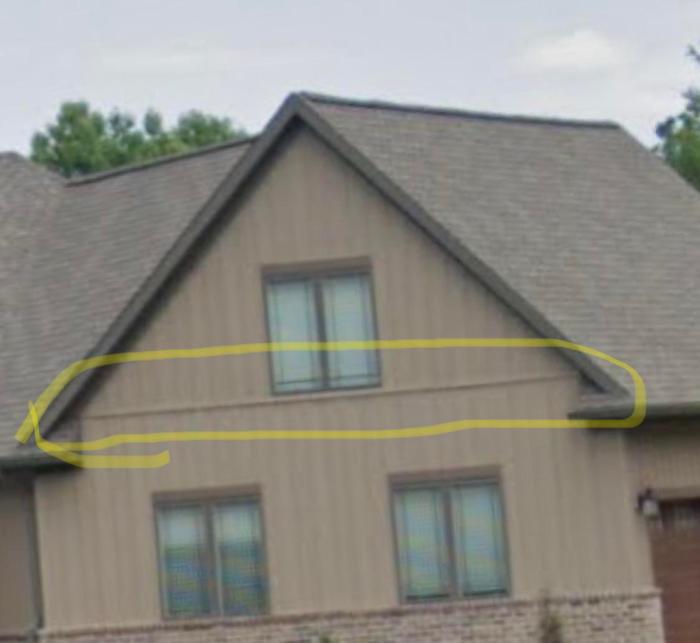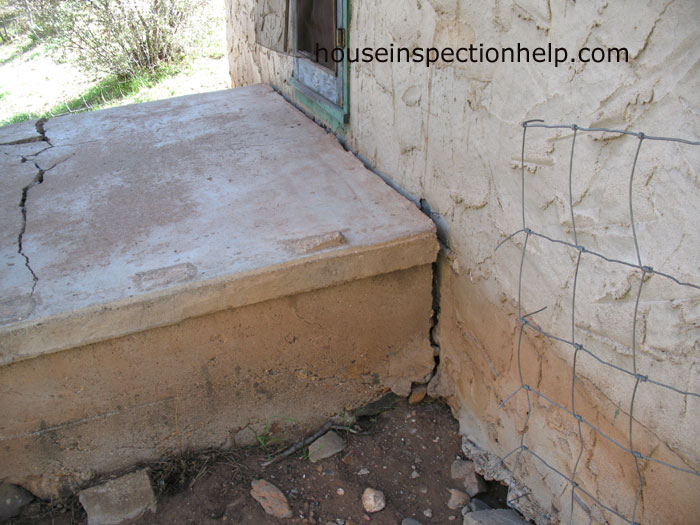Solving the Issue of Siding Separating from House
When it comes to siding separating from a house, it's essential to understand the causes, risks, and solutions associated with this common problem. This article delves into the various aspects of siding separation, offering insights and tips to address the issue effectively.
Understanding Siding Separating from House

Siding is the exterior material installed on the walls of a house, serving as a protective layer against the elements and enhancing the home's aesthetics.
There are several common reasons why siding may separate from a house, including:
Poor Installation
- Insufficient fastening of siding panels
- Incorrect spacing or alignment during installation
- Use of improper materials or tools
Aging and Weathering
- Exposure to harsh weather conditions over time
- Natural wear and tear causing deterioration of siding material
Moisture Damage
- Water infiltration behind the siding
- Rotting or warping of the underlying structure
When siding separates from a house, it can lead to various risks and consequences:
- Exposure of the interior walls to moisture, pests, and other elements
- Decreased energy efficiency of the home
- Deterioration of the siding material and structural integrity of the house
- Aesthetic issues affecting the curb appeal and value of the property
Types of Siding Material

When it comes to siding materials for houses, there are several options available, each with its own set of advantages and disadvantages in terms of durability and maintenance.
Vinyl Siding
Vinyl siding is one of the most popular choices for homeowners due to its affordability and low maintenance requirements. However, it may be more prone to separating from the house over time, especially in extreme weather conditions.
Wood Siding
Wood siding offers a classic and natural look to a home but requires more maintenance compared to vinyl. It is more durable than vinyl but can still be susceptible to moisture damage, leading to separation from the house if not properly maintained.
Fiber Cement Siding
Fiber cement siding is a durable and low-maintenance option that mimics the look of wood without the susceptibility to rot and pests. While it is less prone to separating from the house, improper installation or damage can still cause issues over time.
Aluminum Siding
Aluminum siding is lightweight and resistant to fire, making it a popular choice for some homeowners. However, it can dent easily and is more prone to fading and chalking, which can lead to separation from the house if not addressed.
Brick Siding
Brick siding is known for its durability and longevity, requiring minimal maintenance over time. While it is not prone to separating from the house like other materials, it can be costly to install initially.
Inspection and Detection
When it comes to the maintenance of your siding, regular inspection is key to preventing separation issues from the house. By visually inspecting your siding and using the right tools, homeowners can detect early signs of separation before it becomes a major problem.
Visual Inspection
One of the simplest ways to check for siding separation is to visually inspect the exterior of your house. Look for gaps, cracks, or warping in the siding material. Pay close attention to any areas where the siding seems to be pulling away from the house or where there is visible damage.
Importance of Regular Maintenance
- Regular maintenance can help identify and address siding issues before they worsen.
- Prevent water damage and mold growth by catching separation early.
- Extend the lifespan of your siding and protect the structural integrity of your home.
Tools and Techniques for Detection
- Use a ladder to inspect hard-to-reach areas of the siding.
- Look for signs of moisture or water damage, which can indicate separation.
- Tap on the siding to listen for hollow sounds, which may suggest separation from the house.
- Consider hiring a professional inspector for a thorough evaluation of your siding.
Repair and Maintenance Solutions

When it comes to repairing siding that is separating from the house, there are a few steps you can follow to get the job done effectively. Additionally, maintaining your siding properly can help prevent future separation issues. Let's explore some tips and options for both repair and maintenance.
Repairing Siding
If you notice your siding starting to separate from the house, you can follow these steps to repair it:
- Clean the area around the separation to remove any dirt or debris.
- Apply caulking or adhesive to the back of the siding piece.
- Press the siding back into place and hold it for a few minutes to ensure it sticks properly.
- Use screws or nails to secure the siding in place if needed.
- Paint over the repaired area to blend it in with the rest of the siding.
Maintaining Siding
To prevent siding from separating in the future, here are some maintenance tips to keep in mind:
- Regularly inspect your siding for any signs of damage or wear.
- Keep the siding clean by washing it with a mild detergent and water.
- Trim any trees or bushes near the siding to prevent damage from branches.
- Repaint or touch up areas of the siding that show signs of fading or peeling.
DIY vs. Professional Repair
While DIY repair can be a cost-effective option, hiring a professional for fixing siding problems may ensure a more durable and long-lasting solution. Consider the complexity of the repair and your own skill level before deciding whether to tackle the repair yourself or seek professional help.
Concluding Remarks
In conclusion, addressing siding separating from a house requires proactive inspection, maintenance, and timely repairs to ensure the structural integrity of your home. By taking the necessary steps, you can prevent further damage and maintain the aesthetic appeal of your property.
Detailed FAQs
What are the common reasons for siding separating from a house?
Common reasons include improper installation, weather damage, and age-related deterioration. Regular maintenance can help prevent these issues.
How can homeowners detect early signs of siding separation?
Homeowners can visually inspect their siding for gaps, cracks, or bulging sections. Using a moisture meter can also help detect underlying issues.
Is it better to hire a professional for siding repair or opt for a DIY approach?
While DIY repairs can be cost-effective, complex issues may require professional expertise to ensure proper restoration and long-term durability.




